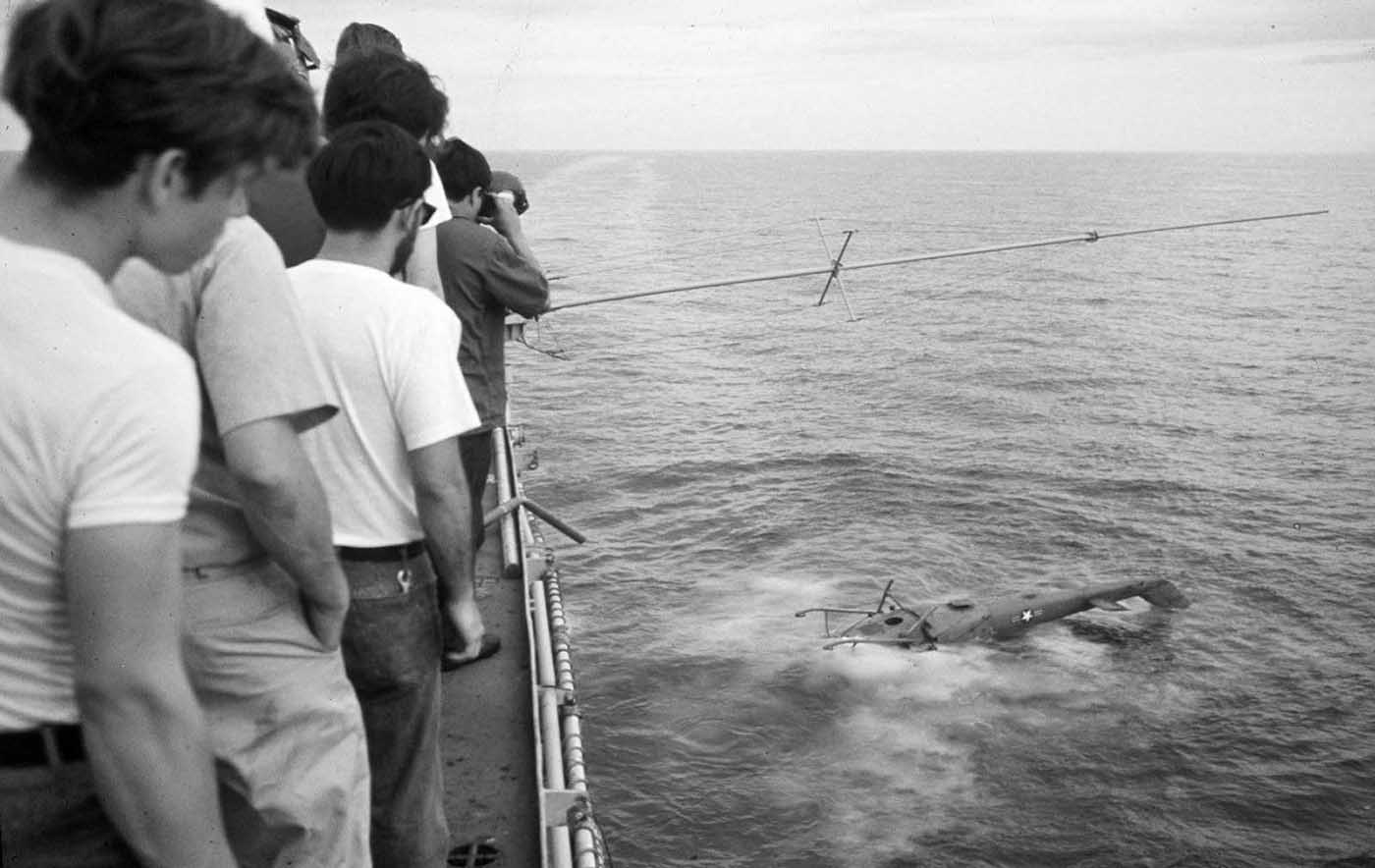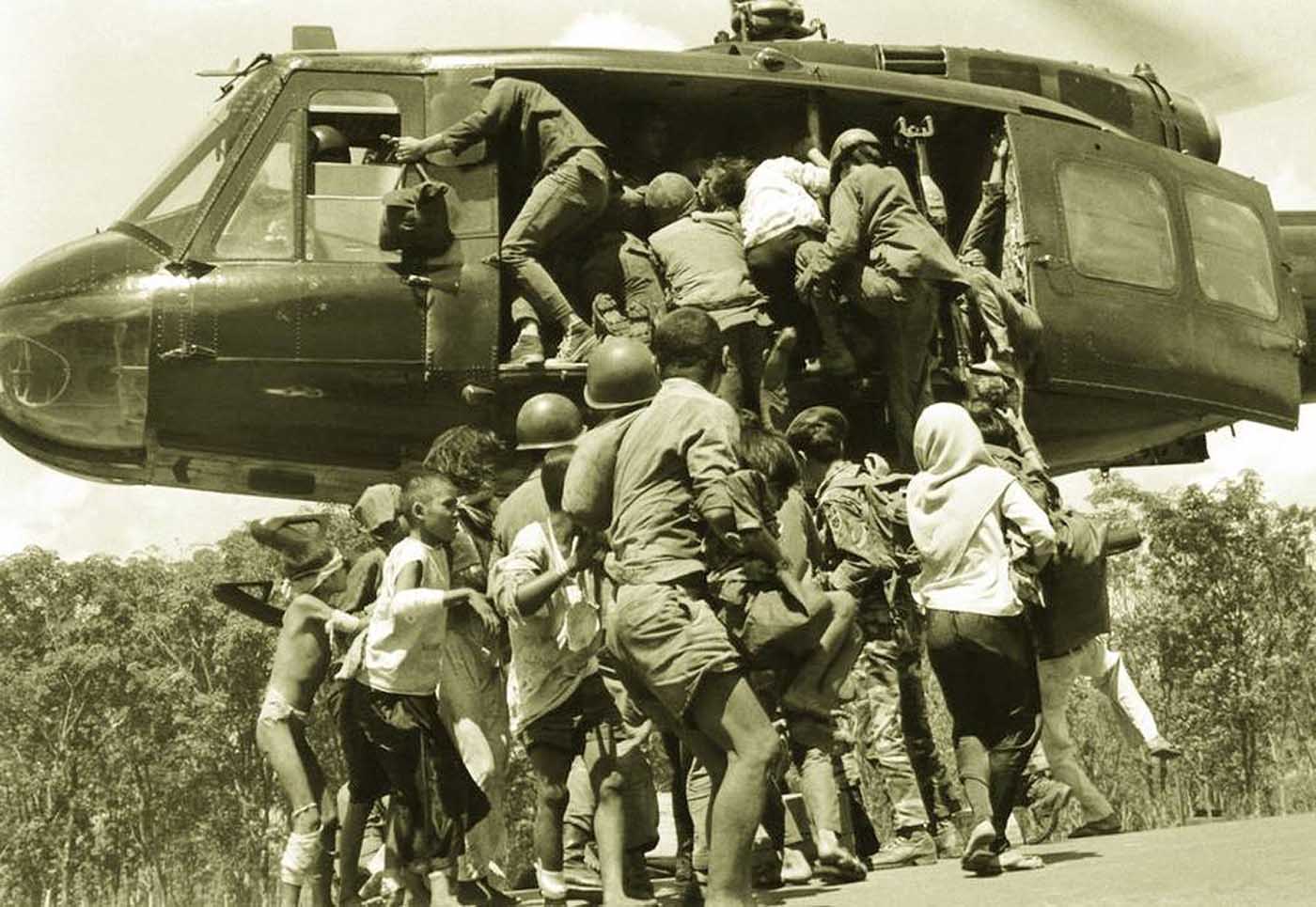The Operation Frequent Wind, was an evacuation plan at the end of Vietnam war. It ended a twenty-year agony for the United States in the last two days of April 1975. This was a trial for America. Compared to the previous decades of pain, the last 45 days of U.S. presence in South Vietnam may seem almost insignificant.
However, the US Embassy in Saigon and its Defense Attache Office succeeded in planning, preparing, and conducting the final evacuation from South Vietnam under growing pressure. It was an incredible achievement to extract 130,000 people, including Vietnamese, Third Country Nationals, and American citizens. Even though they faced hundreds of difficult decisions, huge logistical requirements, ongoing security issues, and the threat of enemy military action, American civilians and military personnel carried out the evacuation efficiently.
An American Embassy booklet called Standard Instructions and Advice for Civilians in an Emergency (SAFE) was distributed to its citizens. A map of Saigon showed the areas where they would be picked up when the signal was given. Armed Forces Radio broadcast “The temperature in Saigon is 105 degrees and rising,” followed by “White Christmas.”
Between 29 and 30 April 1975, American helicopters landed on the roof of the US embassy in Saigon once every ten minutes as part of the evacuation of US diplomatic staff and Vietnamese at risk. The helicopters built for ten people carried five times as many people. Men, women, and children were agitated as they held their belongings in their arms before being ushered to waiting for American warships. Eventually, some helicopters were pushed overboard to allow others to land on the ship decks. The pilots of other helicopters were instructed to drop off their passengers and ditch in the sea, from where they would be rescued.
American pilots ditched several helicopters in the waters for several reasons. There was not enough room to park the aircraft carriers; South Vietnam technically owned the helicopters, so US property wasn’t being destroyed, many refugees needed more space, and the helicopters were a liability to flight operations on deck. After all, saving human lives was unquestionably more important than trying to keep machines. There was no hesitation in tossing almost 10 million dollars worth of high-tech vehicles overboard.
Over 1,373 Americans and 5,595 Vietnamese and third-country nationals were evacuated by helicopter during Operation Frequent Wind. In total, 138,869 Vietnamese were evacuated by Frequent Wind or self-evacuated and ended up in the custody of the United States for processing as refugees so they could enter the United States. This was by far the largest helicopter airlift in history, demonstrating the desperate withdrawal of the US from Vietnam.















